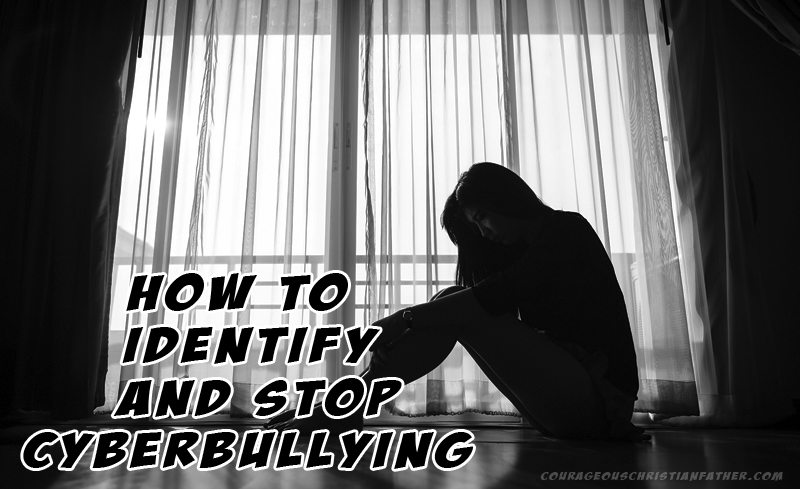How to identify and stop cyberbullying – The global organization DoSomething.org says nearly half of kids have been bullied online, with one in four saying it has happened more than once. Cyberbullying has grown as access to computers and devices that offer an online connection has grown. #CyberBullying #Bullying
How to identify and stop cyberbullying
Today’s students have many new things to contend with as they navigate the school year. As a greater number of schools transition to providing lessons, homework and tests on digital devices, students spend much more time online. This connectivity can have many positive results. However, the same availability also opens up students of all ages to various dangers.
Cyberbullying is one of the ten dangers children can face while being online.

One of these dangers is a more invasive form of bullying called “cyberbullying.” The global organization DoSomething.org says nearly half of kids have been bullied online, with one in four saying it has happened more than once.
Cyberbullying has grown as access to computers and devices that offer an online connection has grown. Bullying is now just as likely to occur online as it is on the playground. Cyberbullies may bully classmates through email, social media, instant messaging, and other social applications. Since cyberbullying tends to target emotions and mental well-being, and reaches beyond the school campus into a student’s home, its impact can be even more serious.
According to the Megan Meier Foundation, which campaigns against bullying, peer victimization during adolescence is associated with higher rates of depression, suicide ideation and suicide attempts. In the United States, suicide is the second leading cause of death for individuals between the ages of 15 and 24, according to data compiled from the Centers for Disease Control and Prevention, the Center for Behavioral Health Statistics, and the Substance Abuse and Mental Health Services Administration.
Cyberbullying occurs in many different forms. Here are some types of cyberbullying educators and parents can look for if they suspect their students or children are being bullied.
- Flaming: This is a type of bullying that occurs in an online forum or group conversation. It’s achieved by sending angry or insulting messages directly to the person. Flaming is similar to harassment, but harassment usually involves privately sent messages.
- Outing: This type of bullying is a sharing of personal and private information about a person publicly. When information has been disseminated throughout the internet, one has been “outed.”
- Fraping: Fraping occurs when someone logs into another’s social media account and impersonates him or her. This could be a child or an adult impersonating the person and posting inappropriate content in his or her name. Sometimes this type of bullying is also called “posing” or “catfishing.”
- Masquerading: Masquerading occurs when bullies create fake profiles so they can harass someone anonymously. The bully is likely someone the person being targeted knows well.
- Exclusion: Sometimes direct targeting is not necessary. Students can be bullied simply by being deliberately left out, such as not being invited to parties or encouraged to participate online conversations.
Securing privacy online is one way to prevent cyberbullying attacks. Students also can be selective about who they share personal information with or whose social media friendships they accept. Thinking before posting and paying attention to language and tone can help curb cyberbullying as well. Students should stick together and report instances of cyberbullying if it becomes an issue.
Children, adolescents and young adults can be the victims of a pervasive type of abuse called cyberbullying.
Article compliments of MetroCreative. BS177124
Check out this article Bullying, Crumbled paper, perspective view
Also check out this blog post on Bullying and some stats and Bible verses on Bullying.
About the Author
Discover more from Courageous Christian Father
Subscribe to get the latest posts sent to your email.


